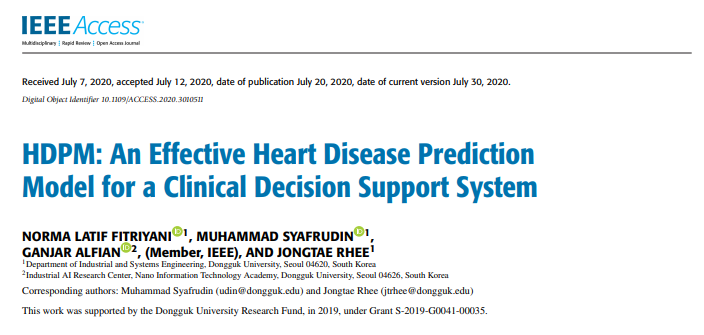Abstract
Predicting future blood glucose (BG) levels for diabetic patients will help them avoid potentially critical health issues. We demonstrate the use of machine learning models to predict future blood glucose levels given a history of blood glucose values as the single input parameter. We propose an Artificial Neural Network (ANN) model with time-domain attributes to predict blood glucose levels 15, 30, 45 and 60 min in the future. Initially, the model’s features are selected based on the previous 30 min of BG measurements before a trained model is generated for each patient. These features are combined with time-domain attributes to give additional inputs to the proposed ANN. The prediction model was tested on 12 patients with Type 1 diabetes (T1D) and the results were compared with other data-driven models including the Support Vector Regression (SVR), K-Nearest Neighbor (KNN), C4.5 Decision Tree (DT), Random Forest (RF), Adaptive Boosting (AdaBoost) and eXtreme Gradient Boosting (XGBoost) models. Our results show that the proposed BG prediction model that is based on an ANN outperformed all other models with an average Root Mean Square Error (RMSE) of 2.82, 6.31, 10.65 and 15.33 mg/dL for Prediction Horizons (PHs) of 15, 30, 45 and 60 min, respectively. Our testing showed that combining time-domain attributes into the input data resulted in enhanced performance of majority of prediction models. The implementation of proposed prediction model allows patients to obtain future blood glucose levels, so that the preventive alerts can be generated before critical hypoglycemic/ hyperglycemic events occur.
Published in: Biocybernetics and Biomedical Engineering
DOI: 10.1016/j.bbe.2020.10.004

